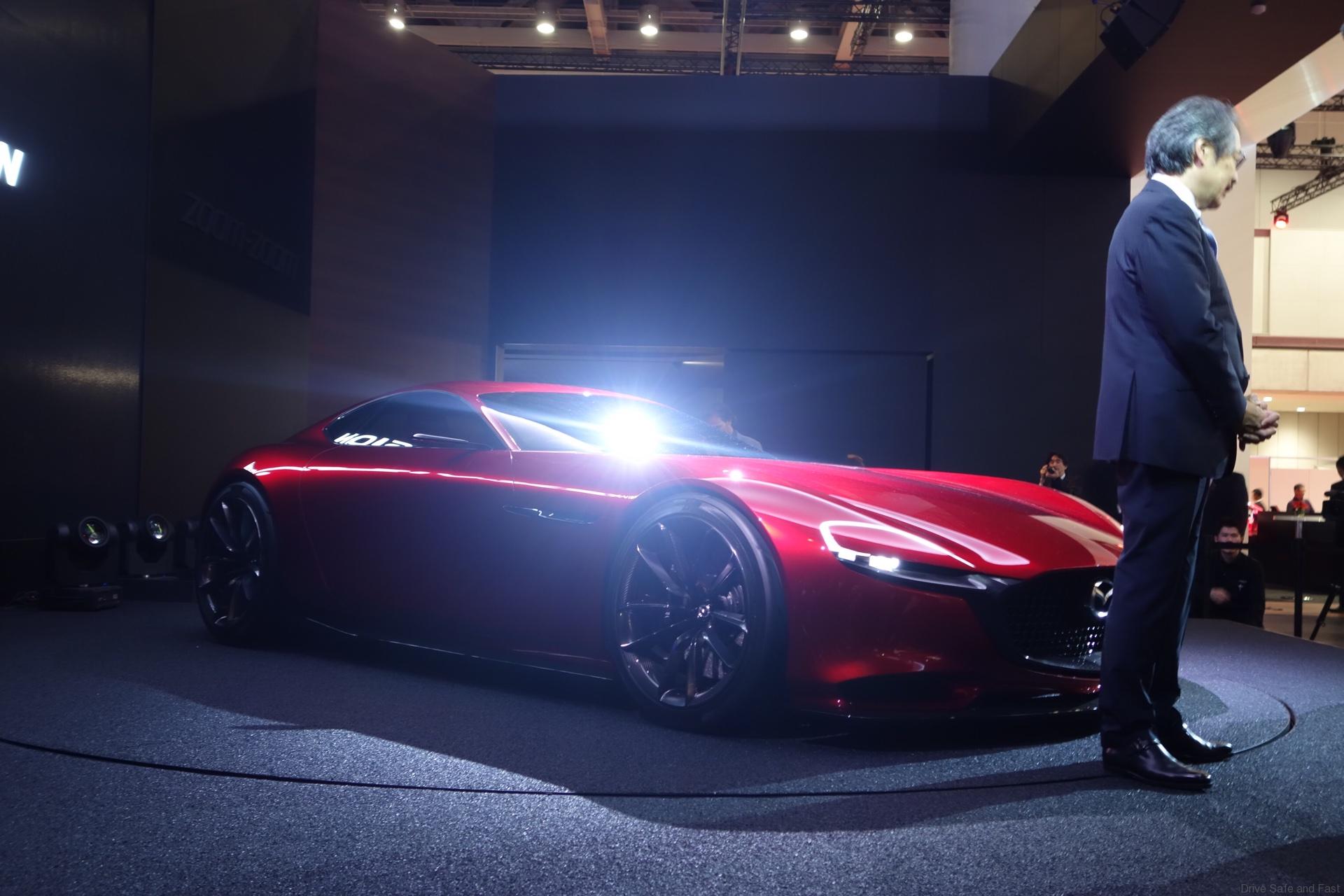Today, you can find Korean cars that drive better than Japanese cars. You can find Malaysian cars that are cheaper to maintain than Japanese cars. And you can find European cars that are as cheap to buy new as Japanese cars. Basically, Japanese cars don’t really enjoy the status they used to. They no longer have performance-driven engines. They’re no longer the cheapest option. They’re no longer mechanically simple. Yet Japanese cars still strike a good balance and hold their value because they are well supported and the sheer amount of parts being produce means owners don’t have to sell their organs to keep their cars going.
So, what happens if you’re a Japanese brand that doesn’t really achieve the kind of volume that Toyota, Nissan, or Honda achieves? Well, then you need to take a cue from Mazda.
Mazda was partially owned by Ford for quite a number of years. In 2008, when the global financial crisis hit, Ford began to let go of their assets to stay lean. One of the companies that found itself on its own again was Mazda. They immediately came up with a plan. A brilliant one at that.

Rather than fight for a small slice of the mass-market pie, they looked at the reality of the situation.
They were a small Japanese car company with a lot of high tech equipment, a great motorsport heritage, a cult following and a penchant for building driver-focused cars.
With the opportunity to start fresh, Mazda jumped. 3 primary aspects were targetted, but there’s definitely a 4th that we can construct too.
1) Design – KODO
The first thing you perceive about Mazda is the way their cars are designed. Ever since the first CX-5 debuted, Mazda’s cars have been extremely sleek and graceful. Yes, they may not be as practical compared to competitors, but the cars they sell are very desireable.

Mazda continues to push the KODO design philosophy to new extremes, giving customers futurisic, expensive looking designs for less than what premium marques are asking for.

2) Engineering – SKYACTIV
Mazda makes a LOT of components themselves. That means spare parts are going to be a little more expensive than their competitors. But rather than allow the negative aspects to accumulate, they added value. SKYACTIV is all about giving the customers more than what any other manufacturer can. The petrol engines are more efficient, with less friction between moving components.

The diesel engines are lighter, with unique features that make them cleaner than any competing diesels. The entire construction of the car is made specific to Mazda’s requirements, so parts are built efficiently to safety and rigidity requirements. And the research team pushes for unique technology like what we’ve seen in SKYACTIV-X and what we will see in future rotary tech.
3) Performance – JINBA-ITTAI/ZOOM-ZOOM
Here’s a company that has always put the driver first. Since it is more often the driver of the car that makes the purchasing decision, it’s best to reward that person. Mazda builds their cars to drive with a feeling of oneness between the car and the driver.

You feel that in any Mazda, from the Mazda 2 to the Mazda MX-5. Despite building mostly front wheel drive, front engined cars, Mazdas are always fun, fun fun. Now with their new G-Vectoring Control technology, Mazda are going a step further, giving amateur drivers a more smooth and precise way of driving the car without the choppiness of unskilled hands.
4) Corporate Identity
This is the element most other carmakers are missing. If you’re a mass market car maker, your corporate identity is usually based on a couple of primary key colours and a logo. Go to a Thai motor show, and you see a badge and a random looking booth. Go to a Japanese or European motor show and the booth for the same manufacturer looks completely different. Mazda is the only Japanese manufacturer that puts an insane amount of effort to make their booths look uniform.

There’s matte black on the walls, glossy grey tiles on the floor, tasteful wood flooring near the stage and white highlights. Cars are draped with their daytime running lights on. Staff all come to the show wearing nothing but black. And all the cars are in Soul Red or Machine Grey. It’s beautiful. It’s a stellar example of how a brand should treat their corporate identity. It’s almost exactly the same wherever you go. It’s the ‘X’ factor that really elevates the Mazda brand from its competitors.




